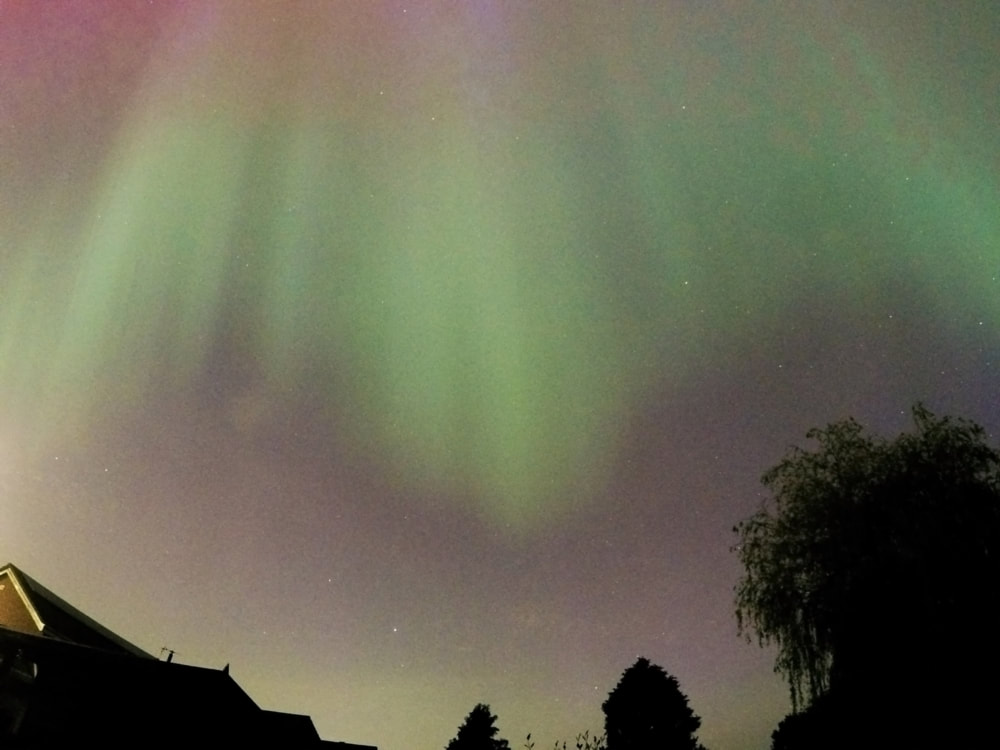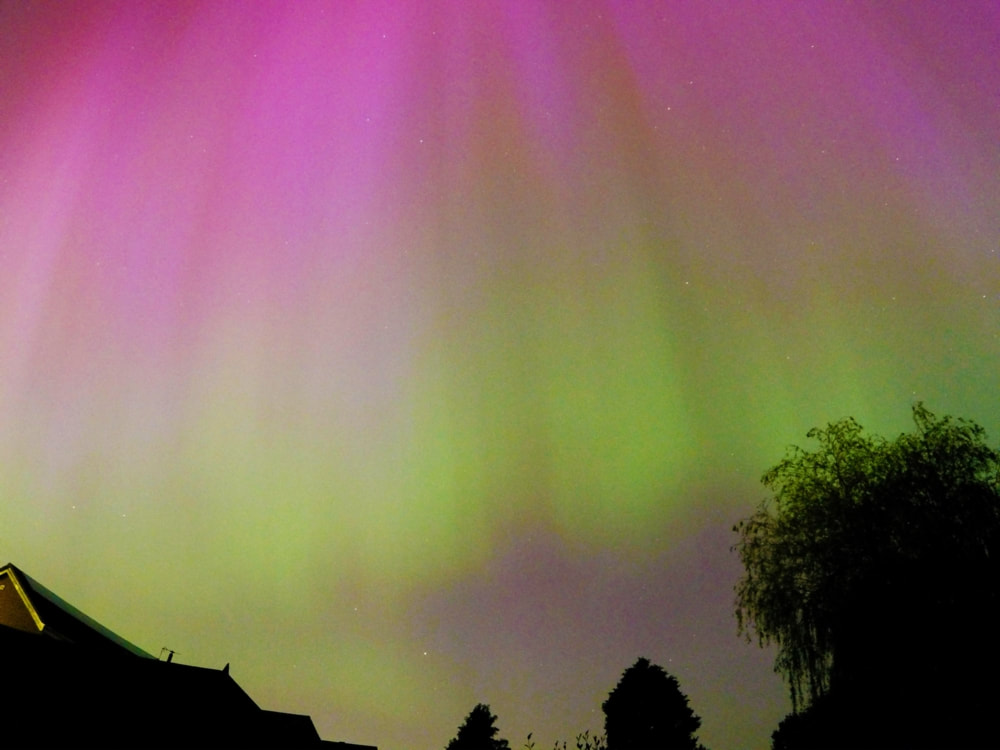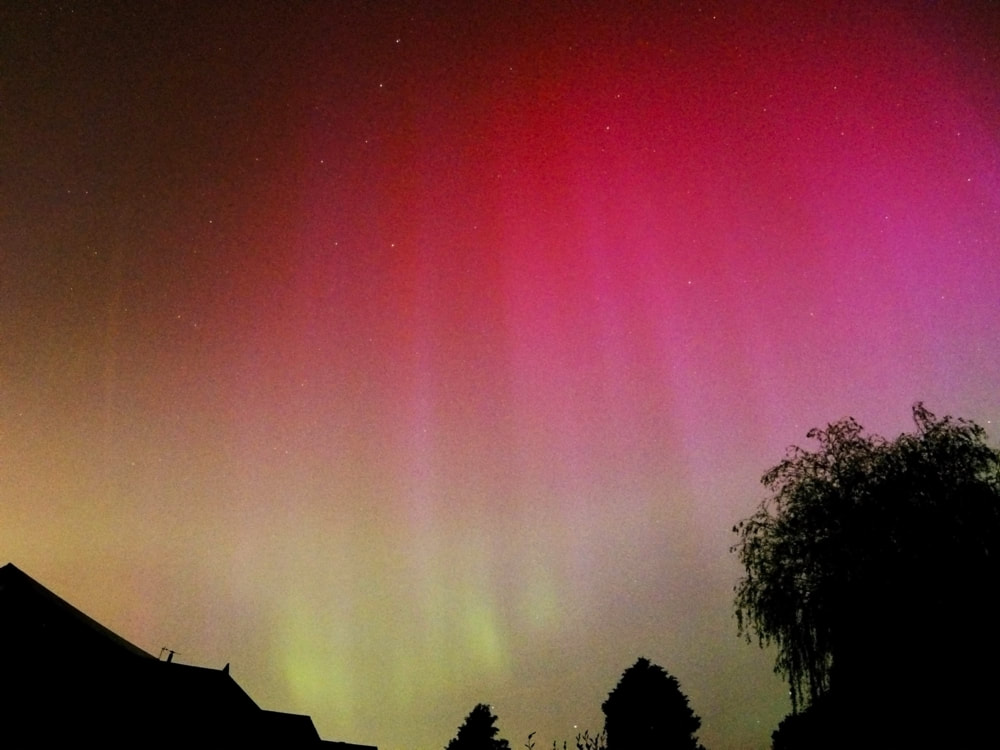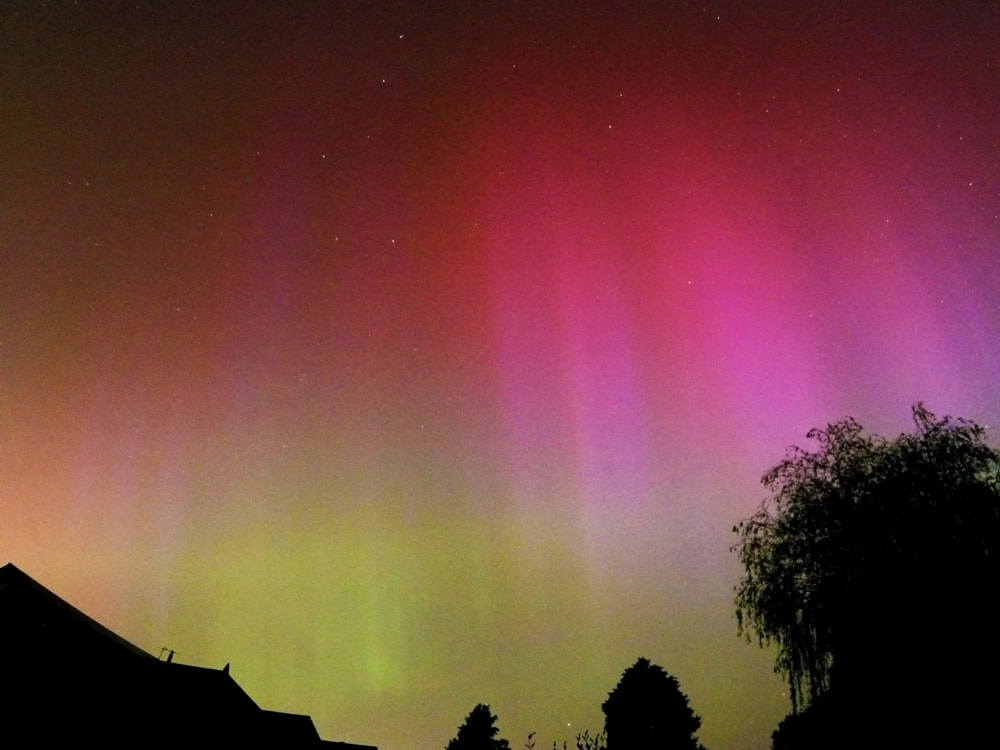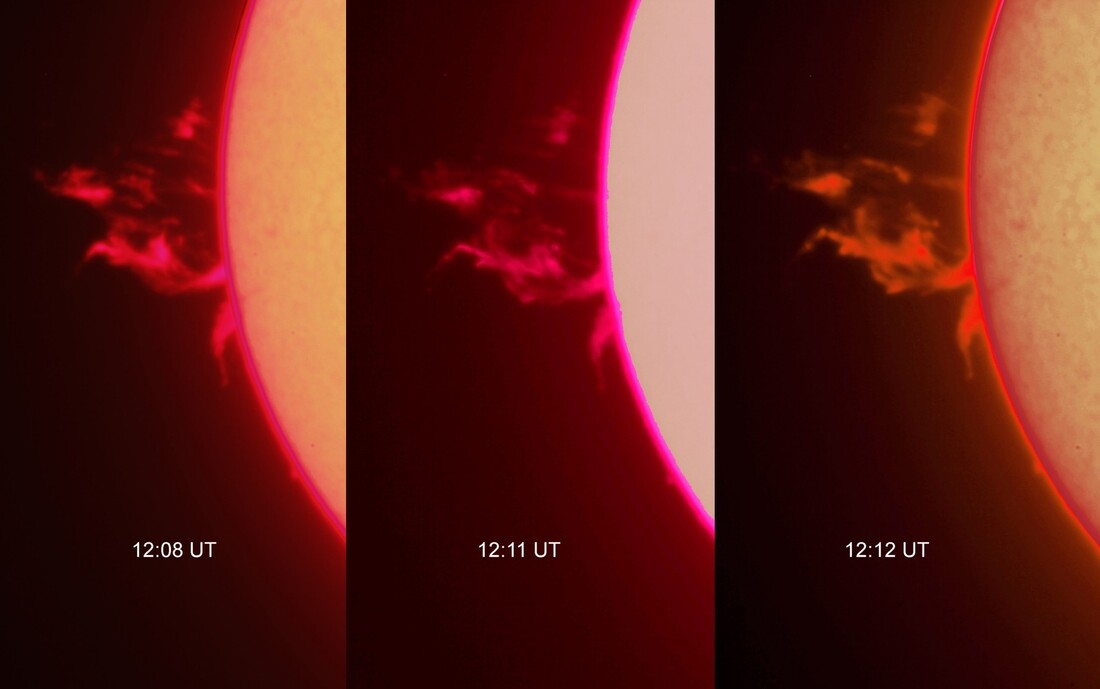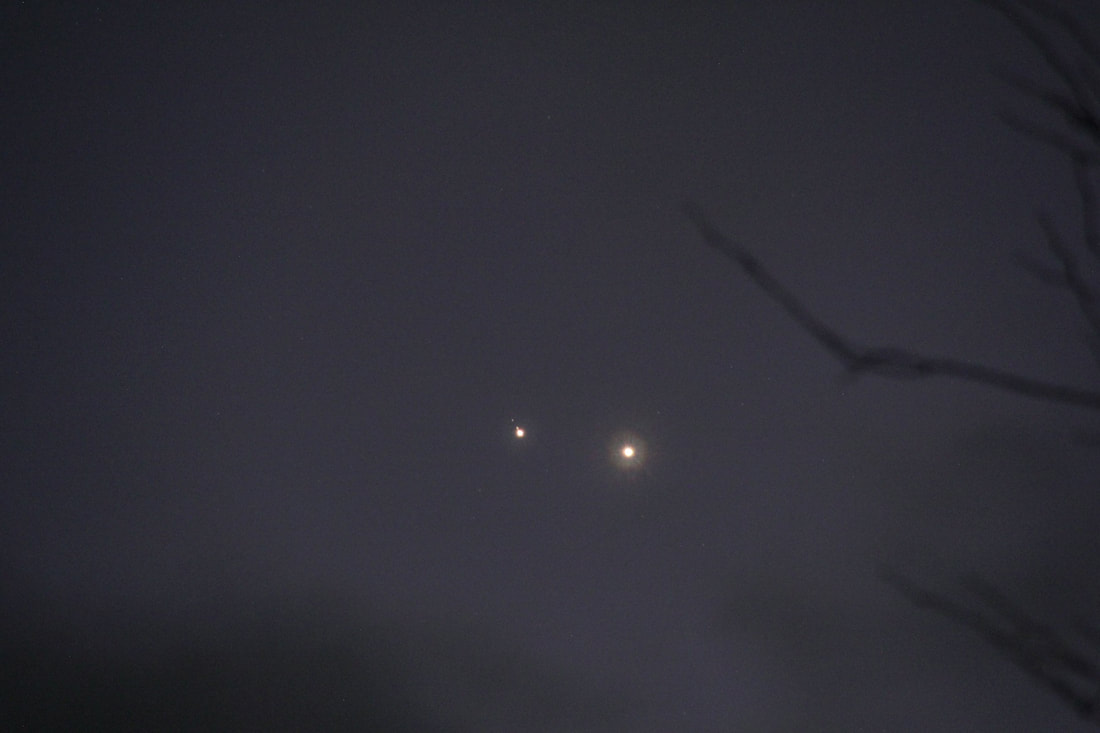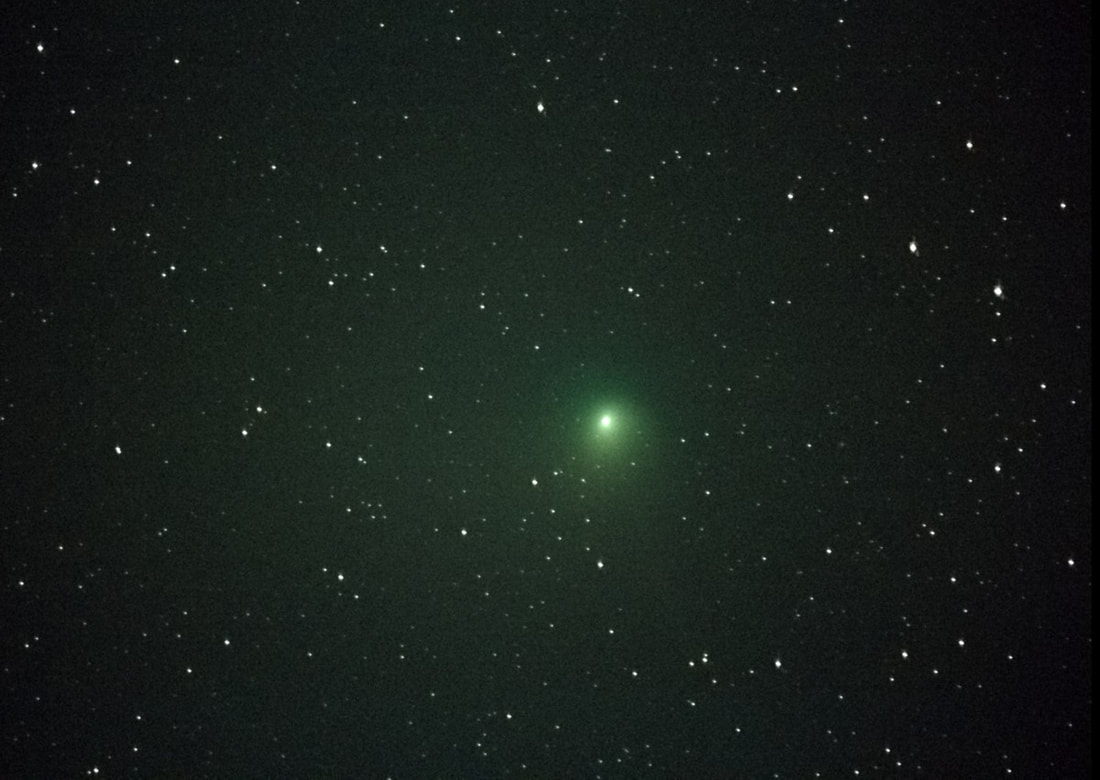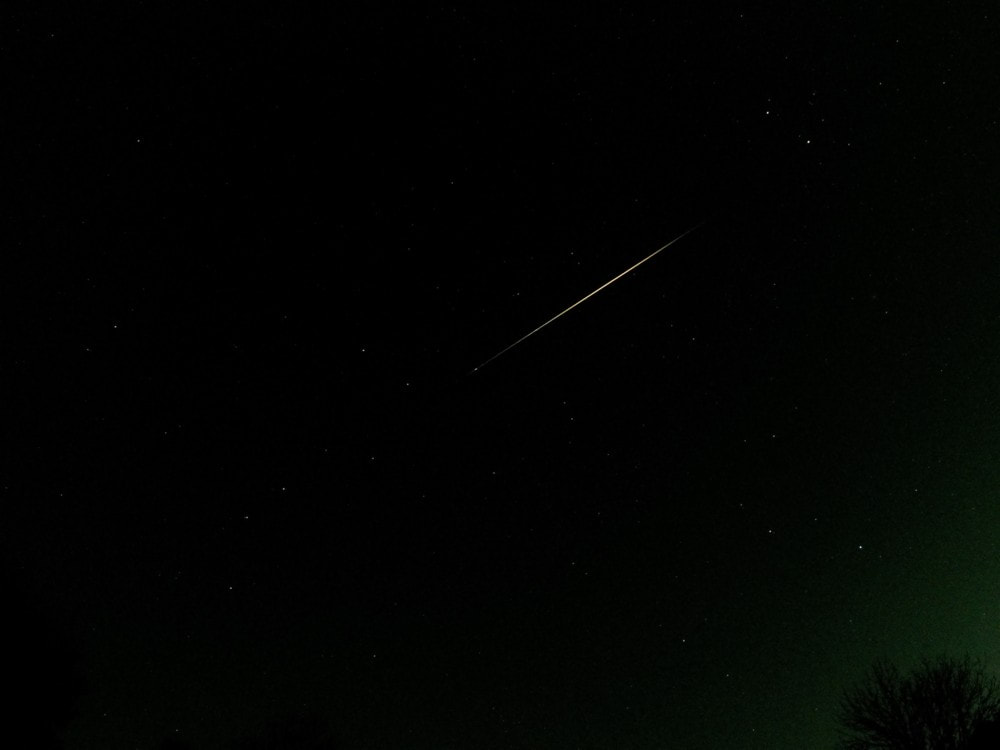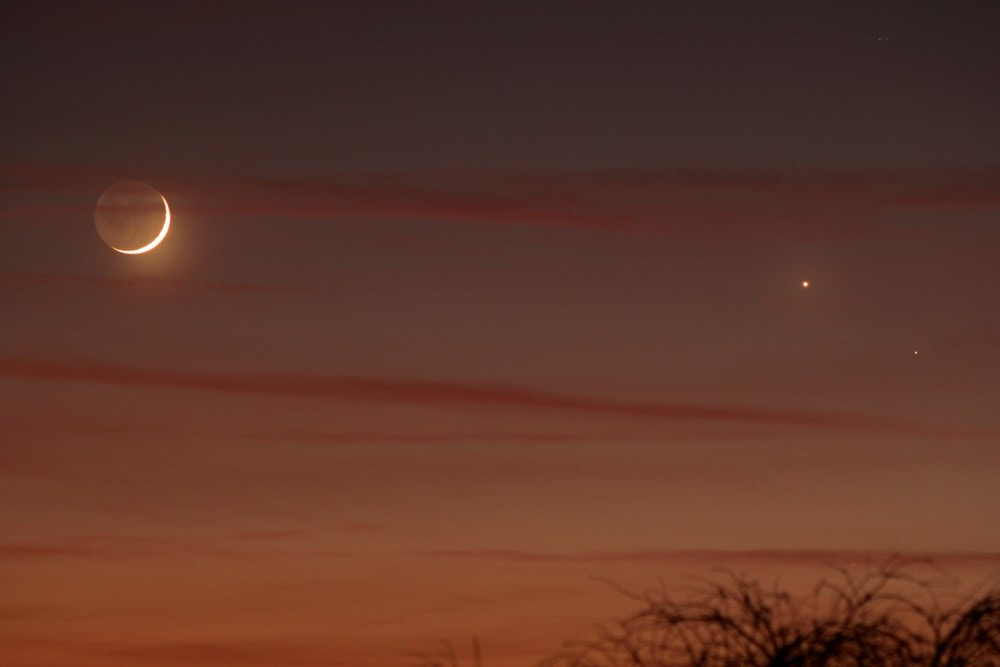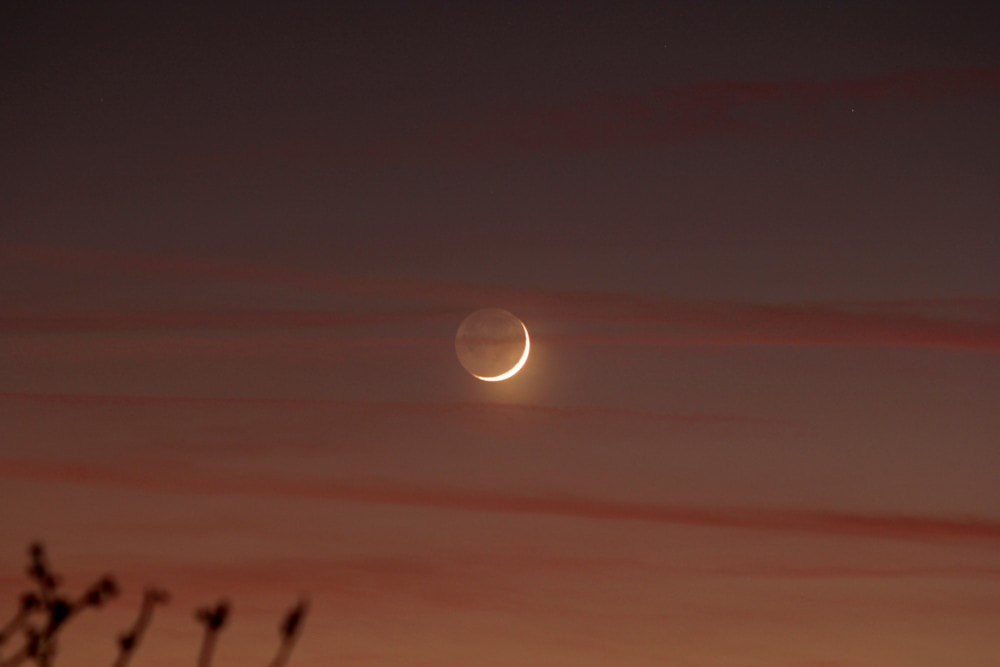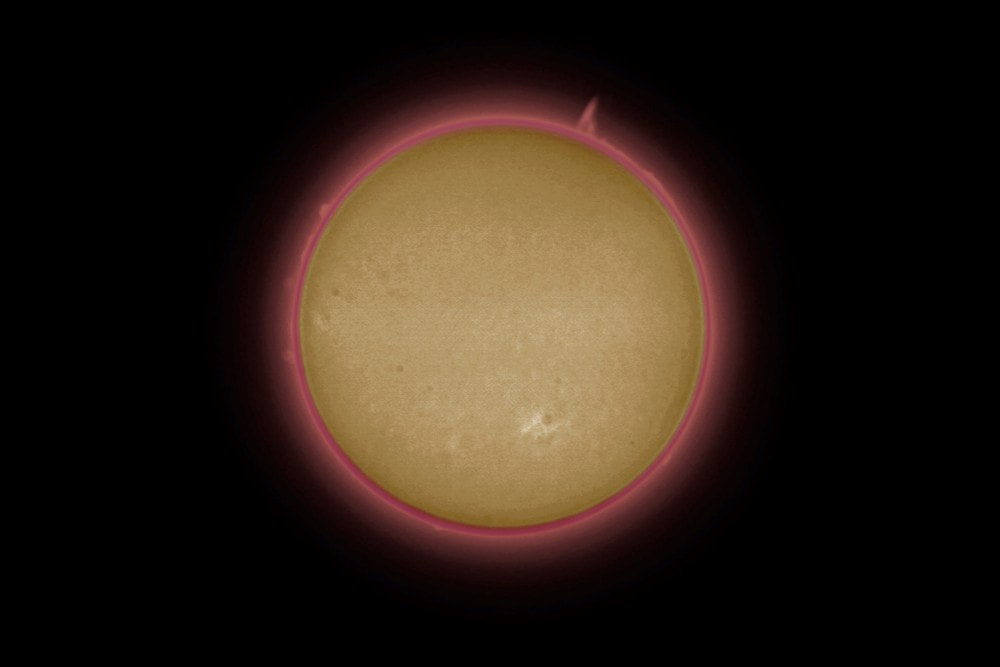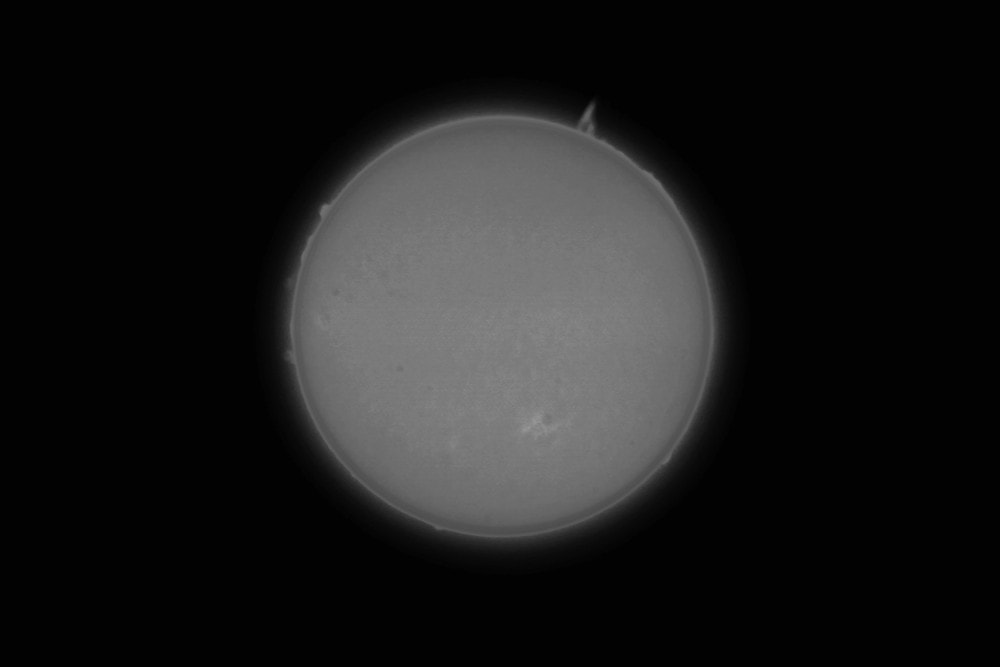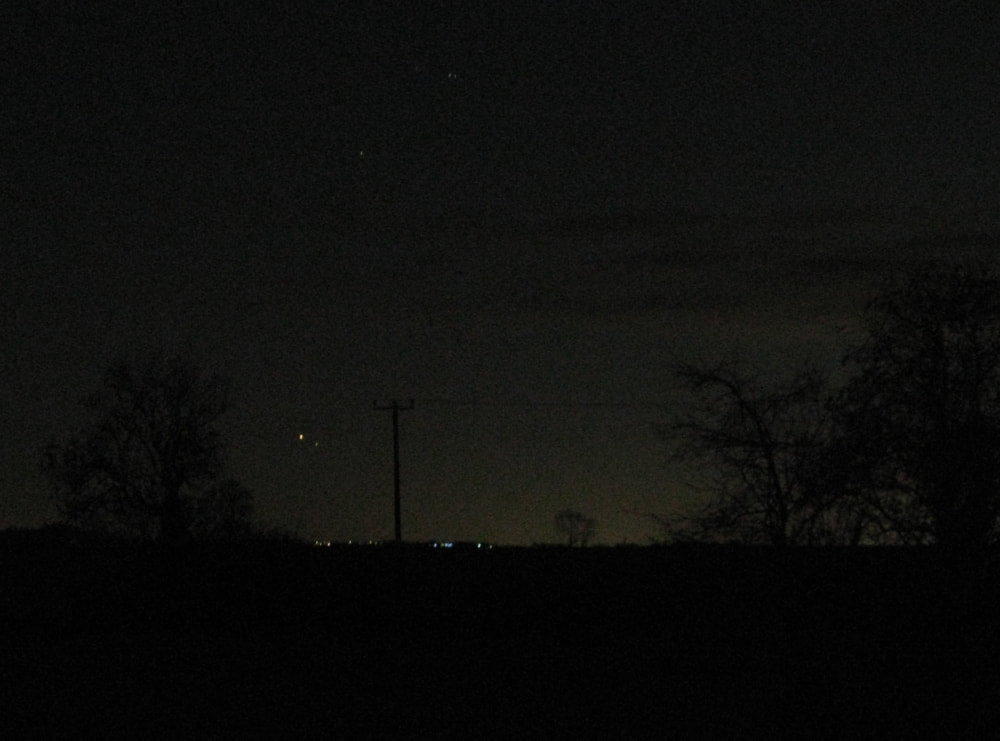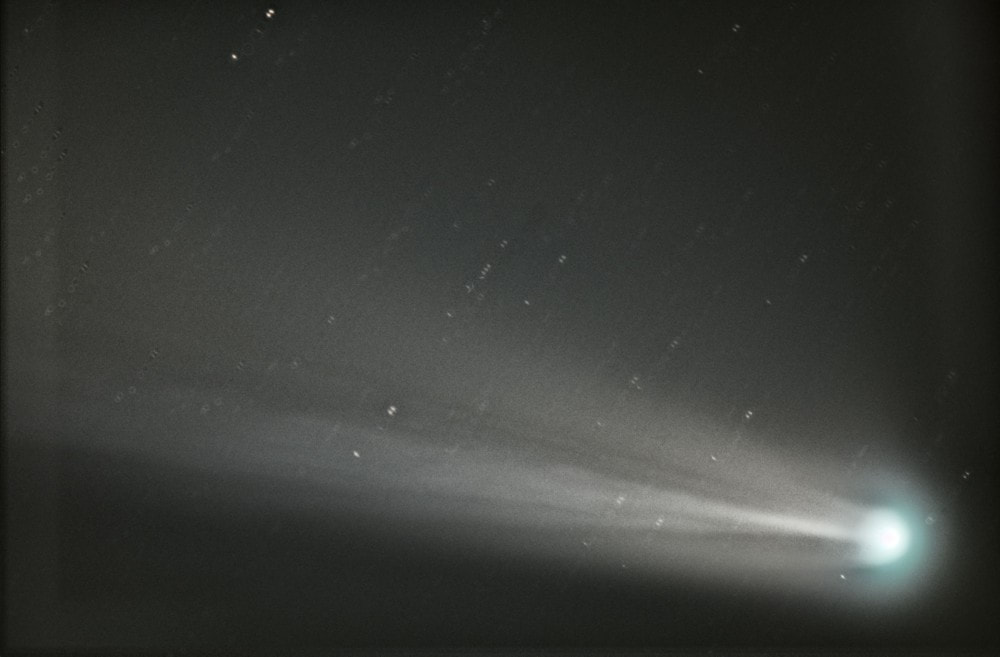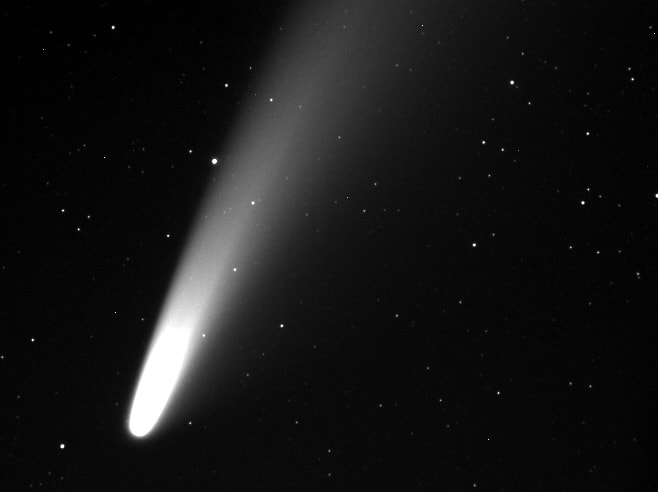Everyone is welcome, from absolute beginners to more experienced astronomers - you don't need to be a member, just turn up on the night and see what we have to offer.
We have experienced and knowledgeable members on hand who would be happy to talk about any and all aspects of astronomy with you, including setting up your telescope and how to get started in astrophotography.
We have experienced and knowledgeable members on hand who would be happy to talk about any and all aspects of astronomy with you, including setting up your telescope and how to get started in astrophotography.
Information about our meetings in 2023 can be found on the 'meetings' page.
Hope to see you there.
Aurora Borealis 2024 May 10/11
Some images of the recent display of the aurora borealis taken by Tony Pacey from Melton on May 10/11
Some images of the recent display of the aurora borealis taken by Tony Pacey from Melton on May 10/11
Aurora Borealis 2024 May 10/11
Some images of the recent display of the aurora borealis taken by Andy Atterbury from Asfordby on May 10/11
ERUPTIVE PROMINENCE. Thanks to Andrew Atterbury for this series taken on 27 May 2023. The instrument used is the Daystar 60mm 930 EFL Solar Scout H alpha telescope. These were all taken using 17mm Celestron Plossl eyepiece projection, fitted to a 60DA Canon DSLR Camera.
The huge erupting prominence is the main interest here and that was what Andy was concentrating on capturing and its changes. Date of image acquisition was the Saturday 27th May 2023. The UT of each image is included in the images.
The huge erupting prominence is the main interest here and that was what Andy was concentrating on capturing and its changes. Date of image acquisition was the Saturday 27th May 2023. The UT of each image is included in the images.
Picture of the conjunction of Venus and Jupiter on 1 March 2023, at 18h49m UT, taken by Andy Atterbury. Jupiter is on the left, and two of its satellites can be seen in the eleven o'clock position, Ganymede closest to the planet and Callisto further away.
[Used fixed tripod and Canon 60DA camera fitted with 200mm sigma lens. Exposure time around 1 second on 2500 ISO setting.]
[Used fixed tripod and Canon 60DA camera fitted with 200mm sigma lens. Exposure time around 1 second on 2500 ISO setting.]
Image of comet ZTF C2022 E3 taken by Andy Atterbury on 31 January 2023 from near Melton Mowbray. Andy says
'I have captured the comet tonight. Used 600mm lens attached to Canon 60DA and Star Adventurer.
I think if there was less Moon light it would be an easy naked eye comet, away from light pollution. Picked it up easily with binoculars. Was a spectacular sight. The image picks up the green colour. Looks like there is a really faint tail there.'
'I have captured the comet tonight. Used 600mm lens attached to Canon 60DA and Star Adventurer.
I think if there was less Moon light it would be an easy naked eye comet, away from light pollution. Picked it up easily with binoculars. Was a spectacular sight. The image picks up the green colour. Looks like there is a really faint tail there.'
Meteor from Melton Mowbray.
Imaged by Tony Pacey on 21 January 2023 at 2317hrs. A 15 second exposure using a GoPro.
Imaged by Tony Pacey on 21 January 2023 at 2317hrs. A 15 second exposure using a GoPro.
The Moon, Venus and Saturn, taken by Andy Atterbury from Melton on January 23, 2023 using a Canon fitted with 300mm Lens. The reason the dark side of the Moon is visible is because, from the Moon, the Earth is large and bright in the Moon's Sky. See the following for more details
https://www.skyatnightmagazine.com/.../earthshine-moon.../
https://en.wikipedia.org/wiki/Planetshine
https://www.skyatnightmagazine.com/.../earthshine-moon.../
https://en.wikipedia.org/wiki/Planetshine
Two images of the Sun taken by Andrew Atterbury on 2021 October 28. Andy says, 'Used the SS.60 Daystar Scout Hydrogen Alpha Telescope, fitted with the Canon 100D DSLR Camera. A major prominence can be seen and others around the disc. The bright circle of light, that surrounds the disc, is the chromosphere. The chromosphere actually envelopes the whole Sun, above the photosphere.'
NOTE - DO NOT LOOK AT SUN THROUGH ANYTHING!! THESE IMAGES WERE OBTAINED WITH A SPECIALIST TELESCOPE ESPECIALLY DESIGNED FOR OBSERVING THE SUN SAFELY.
NOTE - DO NOT LOOK AT SUN THROUGH ANYTHING!! THESE IMAGES WERE OBTAINED WITH A SPECIALIST TELESCOPE ESPECIALLY DESIGNED FOR OBSERVING THE SUN SAFELY.
28 OCT 2021 12 34 UT
28 OCT 2021 12 34 UT
The 'Great Conjunction' between Jupiter and Saturn, Christmas Eve 2020 from Somerby by David Conner.
C/2020 F3 (NEOWISE)
Image of Comet NEOWISE taken by Mike Jackson from Leicester on Monday July 20 2020. Mike says 'Taken through my skywatcher 12 inch scope. exposure was 60 seconds with 6 images stacked together . Stacking was centred on the comet rather than the stars if you look closely at the star dots you get an idea of its movement across the sky. There were some bad frames so not all of the stars are 60 seconds apart .'
C/2020 F3 (NEOWISE)
Comet NEOWISE is currently (July 2020) gracing our northern skies. David Conner took the following image from Somerby, on July 12 00h 05m UT. It was a 60 second exposure using a 2 inch refractor.
Details of the visibility of the comet from Melton Mowbray can be found here, and more information can be found here and here.
This website (c) D Conner 2024. Copyright of the images on this website remains with the person who submitted them.

